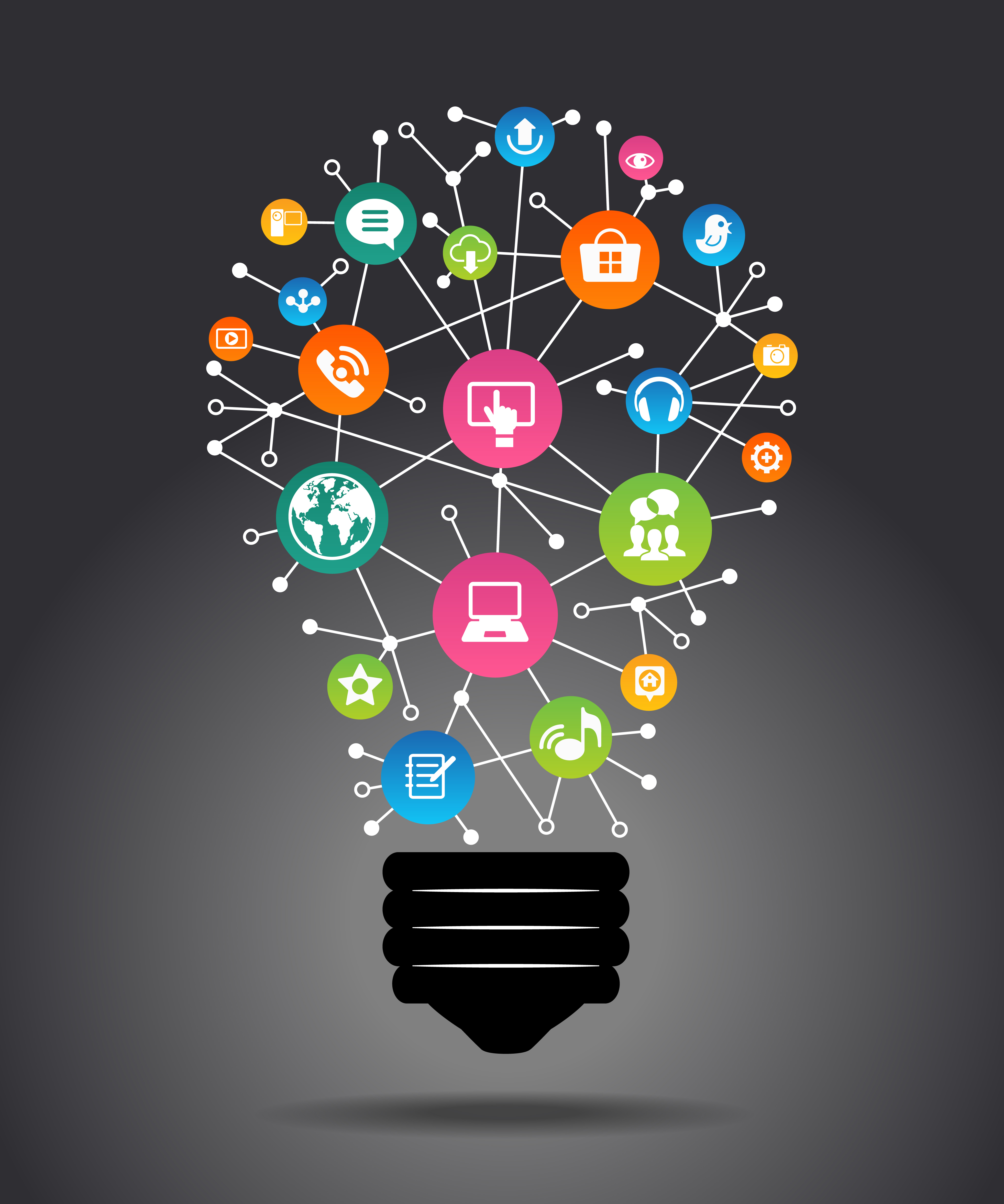
Connected Lighting Systems: Illuminating Smart Spaces for Efficiency
Connected lighting systems represent a transformative shift in the realm of illumination, leveraging smart technologies to enhance efficiency, control, and adaptability. In this exploration, we delve into the features, advantages, and applications of connected lighting systems, shedding light on how they are reshaping the landscape of modern lighting.
The Foundation of Connected Lighting Systems
At the heart of connected lighting systems is the integration of smart technologies into traditional lighting infrastructure. These systems utilize sensors, wireless connectivity, and advanced control mechanisms to create an intelligent network of lighting fixtures. The goal is to move beyond the conventional on/off functionality and introduce a dynamic and responsive lighting environment.
Smart Sensors for Adaptive Illumination
Connected lighting systems often incorporate smart sensors that respond to various environmental factors. Motion sensors, ambient light sensors, and occupancy sensors contribute to adaptive illumination. Lights can automatically adjust brightness levels based on natural light conditions or respond to the presence or absence of individuals in a space. This adaptive approach enhances energy efficiency and user comfort.
Wireless Connectivity and IoT Integration
The integration of wireless connectivity, often facilitated through the Internet of Things (IoT), is a defining feature of connected lighting systems. This connectivity allows for centralized control, monitoring, and data collection. Lighting fixtures become nodes in a network, communicating with each other and with a central management system, enabling remote control and automation.
Energy Efficiency and Sustainability
One of the primary benefits of connected lighting systems is their contribution to energy efficiency and sustainability. The ability to adjust lighting levels based on real-time needs minimizes energy wastage. Furthermore, the integration of LED technology, known for its energy efficiency and long lifespan, aligns with sustainability goals, reducing the environmental impact associated with lighting.
Personalized Lighting Experiences
Connected lighting systems empower users to personalize their lighting experiences. Through intuitive interfaces such as mobile apps or voice commands, individuals can control color temperatures, brightness levels, and even create preset lighting scenes for different activities. This level of personalization enhances the overall user experience and caters to individual preferences.
Occupancy Monitoring for Space Optimization
Occupancy monitoring, facilitated by connected lighting systems, goes beyond simple motion detection. These systems can provide valuable data on space utilization. By analyzing patterns of occupancy, businesses and organizations can optimize space usage, streamline operations, and create more comfortable environments based on actual usage rather than assumptions.
Dynamic Lighting for Health and Well-Being
Connected lighting systems support dynamic lighting scenarios that contribute to health and well-being. Circadian lighting, mimicking the natural progression of daylight, can positively impact the body’s internal clock and improve sleep patterns. The ability to create dynamic lighting sequences promotes a healthier and more supportive lighting environment for occupants.
Maintenance Insights and Predictive Analytics
The connectivity and data gathering capabilities of connected lighting systems enable advanced maintenance insights. These systems can provide real-time information on the status of each lighting fixture, allowing for predictive maintenance. This proactive approach minimizes downtime, reduces maintenance costs, and ensures that the lighting system operates at its optimal efficiency.
Security Enhancements Through Lighting
Connected lighting systems can play a role in enhancing security. Motion sensors can trigger specific lighting responses, deterring potential intruders or providing clear visibility in key areas. Integration with security systems allows for synchronized actions, creating a comprehensive security infrastructure that combines lighting with other protective measures.
Integration with Smart Building Ecosystems
The versatility of connected lighting systems lies in their seamless integration with broader smart building ecosystems. These systems can interact with other smart devices and systems such as HVAC, security, and building automation. The synergy between these components creates a holistic and interconnected smart environment that optimizes energy usage, comfort, and overall building performance.
To explore more about the features and applications of connected lighting systems, visit Connected lighting systems for insights and updates. As we embrace the era of smart technologies, connected lighting systems stand as a shining example of how innovation in illumination can positively impact efficiency, sustainability, and the overall quality of life in various spaces.
